Elevate your local knowledge
Sign up for the iNFOnews newsletter today!
Sign up for the iNFOnews newsletter today!
Selecting your primary region ensures you get the stories that matter to you first.
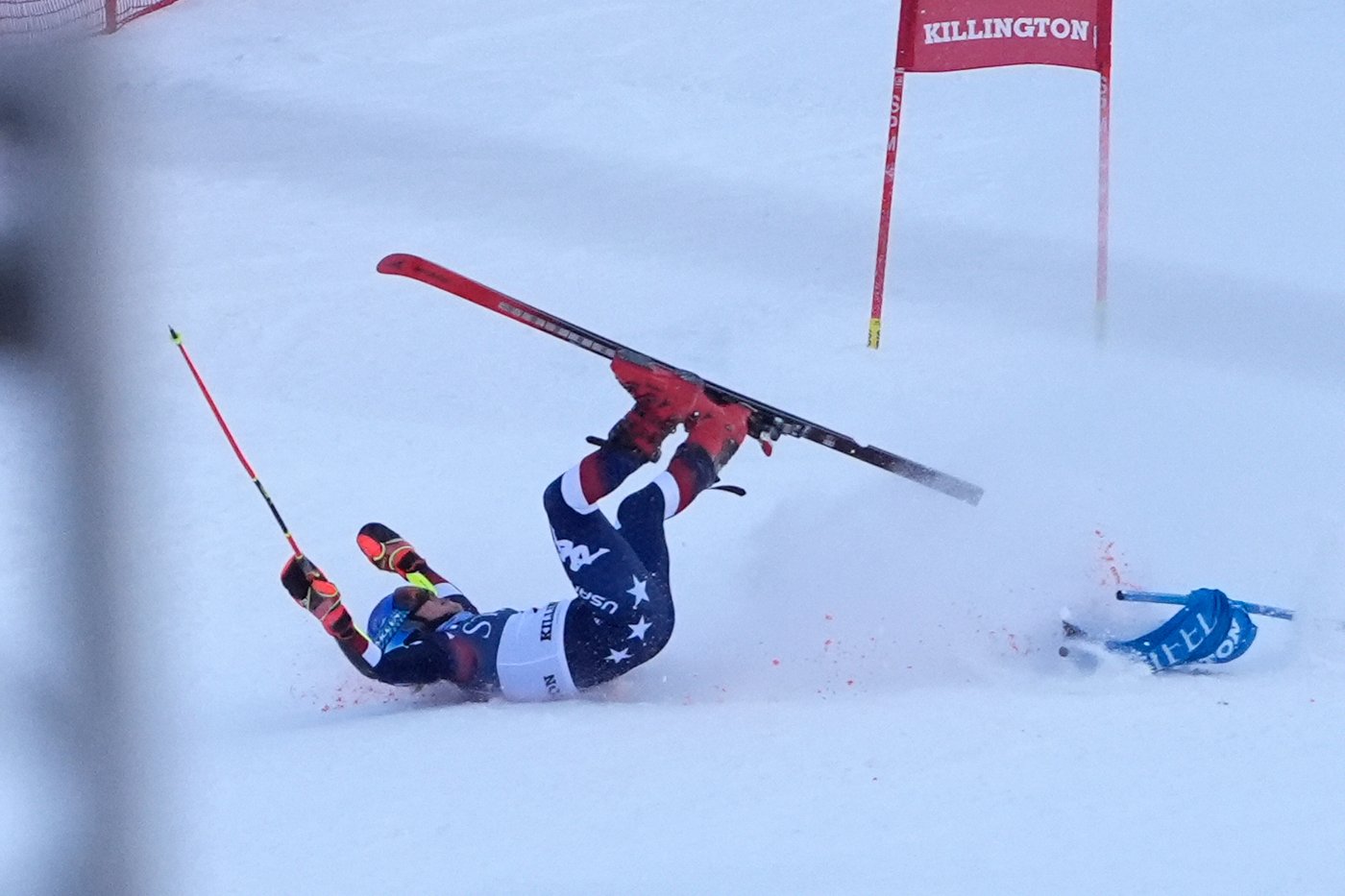
When Mikaela Shiffrin started skiing again weeks after her terrifying crash last year, the American star was even more alert to the potential dangers of training courses.
Shiffrin’s injuries — puncture wound to her abdomen and severe damage to her abdominal muscles — came in a World Cup giant slalom race but the two-time Olympic champion knew that training could be just as risky.
If not more.
“When I came back from injury I was aware of the fencing on the side and a hole in the course and where the trees were,” Shiffrin told The Associated Press in a recent interview.
“We are often training in conditions where the variables are just too many to control and you have to decide sometimes: Is this unreasonably dangerous or is this within a reasonable level of danger that we need to train, we need to practice, and this is the only way we can do it?”
French skier Alexis Pinturault had similar experiences.
“We are training in many places where it’s not really safe, yes, that’s 100% sure,” the 2021 men’s overall World Cup champion said.
Ongoing safety discussions in Alpine skiing came into fresh focus in September, less than five months before the Milan-Cortina Olympics, when World Cup racer Matteo Franzoso died following a crash in preseason training in Chile.
The 25-year-old Italian crashed through two layers of safety fencing on a course at La Parva and slammed into a wooden fence positioned six to seven meters outside the course. He died two days later from cranial trauma and a consequent swelling of his brain.
Franzoso was the third young Italian skier to die in less than a year, and a talented French skier died following a training crash in April.
‘Some risks are life-threatening’
Shiffrin, a five-time overall champion and winner of a record 101 World Cup races, dealt with lingering post-traumatic stress disorder when she got back on skis again after her injuries.
Nearly three months after her crash, she returned to racing in late February.
“Athletes and coaches and everybody are so used to saying that the sport carries an inherent risk that you start to become blind to some of the risks that are actually life-threatening,” Shiffrin said.
“This was a challenge for me, that I felt so scared of the risk for the rest of the season. If you think too much about it you become paralyzed. But it’s really important that we can assess what those risks are and try to find ways to mitigate that as much as possible. It’s not OK to say risk is part of the sport and you take it or leave it.”
The issue with training courses is that, for financial reasons, they usually lack the same safety standards that apply to race courses.
Smaller crews of course workers are on the hill to maintain the condition of the snow surface; fewer safety netting is placed along the course to break the fall when racers crash; and less medical staff and equipment, like helicopters for immediate transport to a hospital, are available.
Sofia Goggia, the 2018 Olympic downhill champion, called ski racing “an extreme sport. At a high level, it’s like F1 or MotoGP in downhill, super-G, but also giant slalom, because the speed is 80-90 kph (50-56 mph), the risk is there every time.”
More nets not entire solution
In races, courses are safer thanks an abundance of nets, according to the Italian, but she pointed out that just having more nets won’t solve the issues on training courses.
When there is overnight snowfall safety netting should be removed, the slope cleaned from the fresh snow, and the netting put back before skiers can charge down in the early morning hours.
While this is an obvious procedure for local organizers and the International Ski and Snowboard Federation on a race day, the question is who takes care of it during a preseason training camp?
For Goggia, it would be wrong to point the finger at just the team coaches, who cannot be held responsible “because a coach just teaches you how to ski.”
She recalled the day of Franzoso’s crash in September, when there were three teams training on that slope: Austria, Switzerland and Italy.
“I cannot think that they didn’t see the danger, maybe,” Goggia said. “But if you want to ensure the training slope as a World Cup slope, there has to be a totally different organization. The answer is easy: We can do more. But who does it in the end? Who wants to invest millions of euros?”
Dedicated training courses
After the Franzoso tragedy, the Italian Winter Sports Federation called on FIS to establish dedicated training courses, both in the southern hemisphere in countries like Chile, Argentina and New Zealand, as well as in the U.S. and Europe, with safety netting just like courses used for World Cup races.
On the fringe of the World Cup season-opening races in Austria last weekend, FIS President Johan Eliasch said the governing body was working to “prevent as much as possible horrible accidents to happen.”
Together with national federations and local organizers, FIS was looking into improving safety, from scheduling a race calendar that allows skiers to take more rest to having more medical staff on the ground, and from placing more netting to better preparing the snow surface of courses.
“We need to make sure that when you have training runs in speed that the safety standards are exactly the same as on the big race day,” Eliasch said.
However, that might be too ambitious, Austria women’s team coach Roland Assinger said.
“A risk will always remain but we coaches try to minimize it,” said Assinger, a former World Cup downhiller.
“Copper Mountain (in Colorado) is the safest training course in the world, with A netting from top to bottom and countless B nets. In South America, they also have a lot of B nets, but not at the same level, as it’s financially not doable to invest those millions.”
The Austrian federation started this summer, even before Franzoso’s death, to ship additional safety netting to their overseas training camps.
“Was it enough? It was a first step,” Christian Scherer, secretary general of Ski Austria, said. “But we need a coordinated approach from the national federations.”
Scherer added the responsibility for safer training courses cannot be left to the local ski resorts.
Who pays for the safety upgrades?
That’s the question. Asked by the AP, Eliasch said FIS distributed “nearly 100 million” over the past four years to its member federations “so they have the resources.”
Eliasch added the leading nations such as Austria and Switzerland “have so much money” that they could invest more in the safety of training courses.
“For a smaller (federation), this can be a challenge. Here we do step in and help,” Eliasch said.
Austrian speed specialist Vincent Kriechmayr, a former world champion in downhill and super-G, hoped “that the big federations cooperate and coordinate a little bit better in regions where all nations train.”
Assinger called it “certainly a good idea” for FIS to support some venues which accommodate teams for offseason training camps.
“But if it happens? I will see next summer,” the Austrian coach said. “So far, it has only been talking.”
___
Eric Willemsen on X: https://x.com/eWilmedia
___
AP skiing: https://apnews.com/hub/alpine-skiing
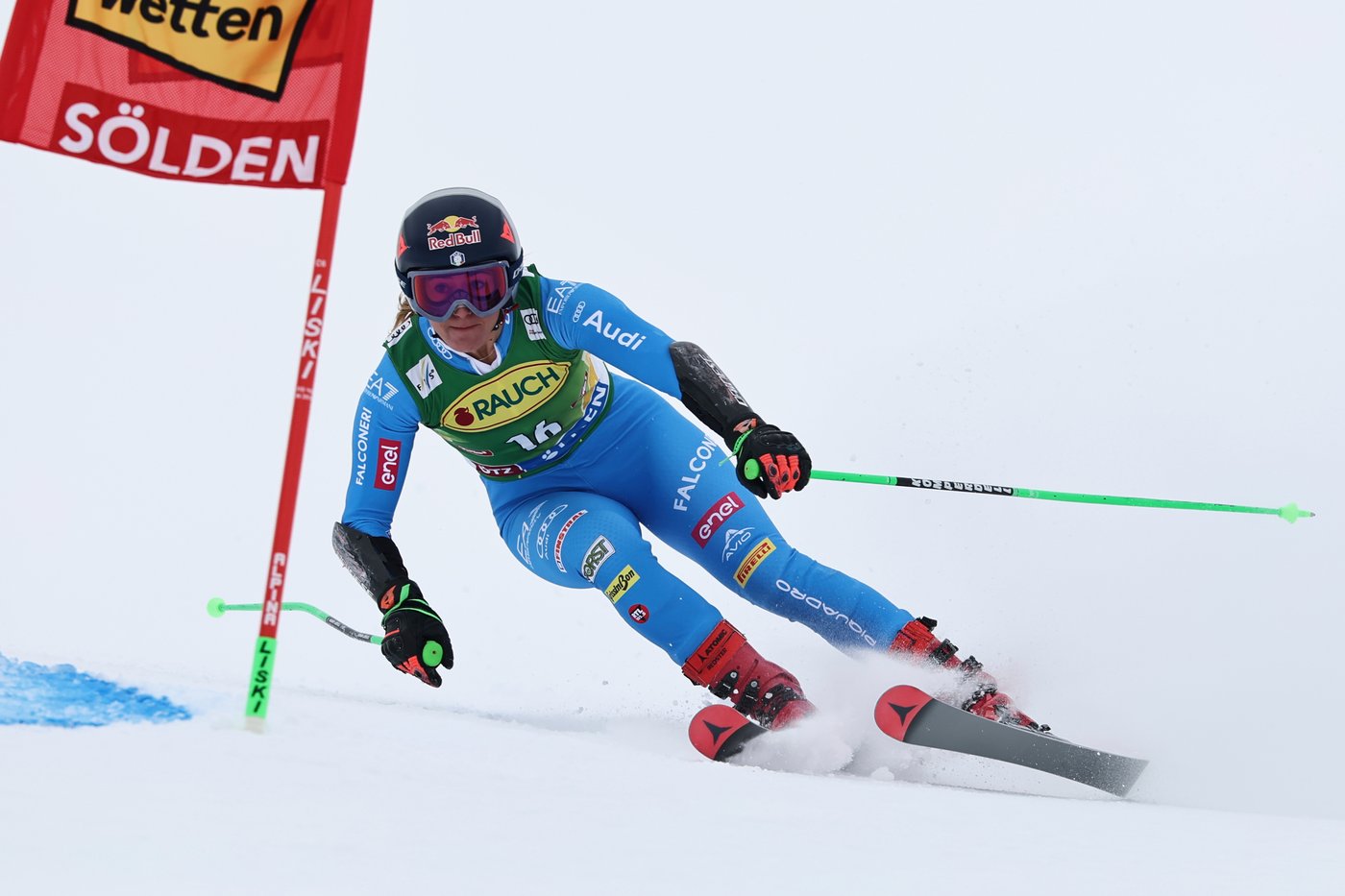
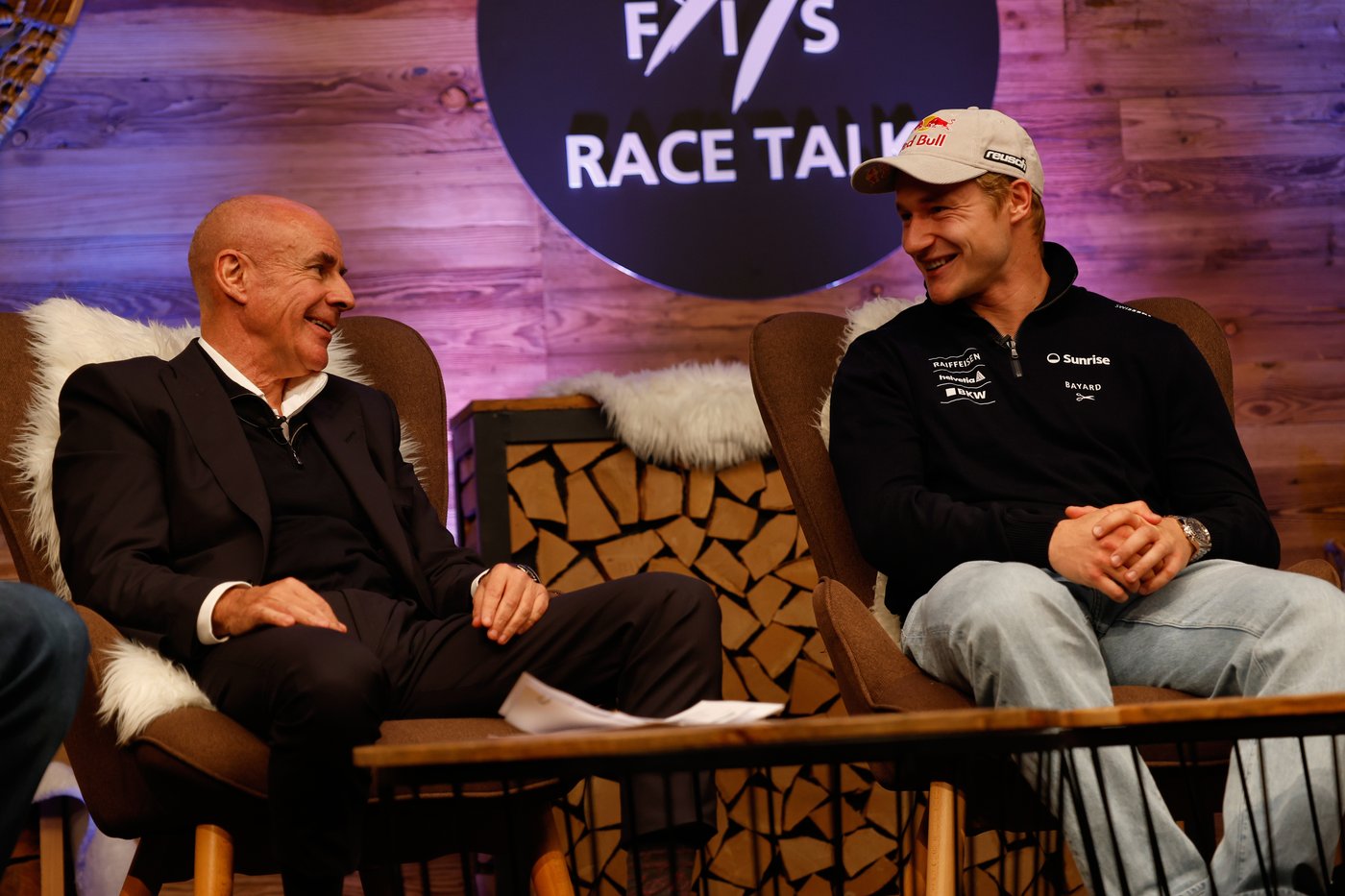
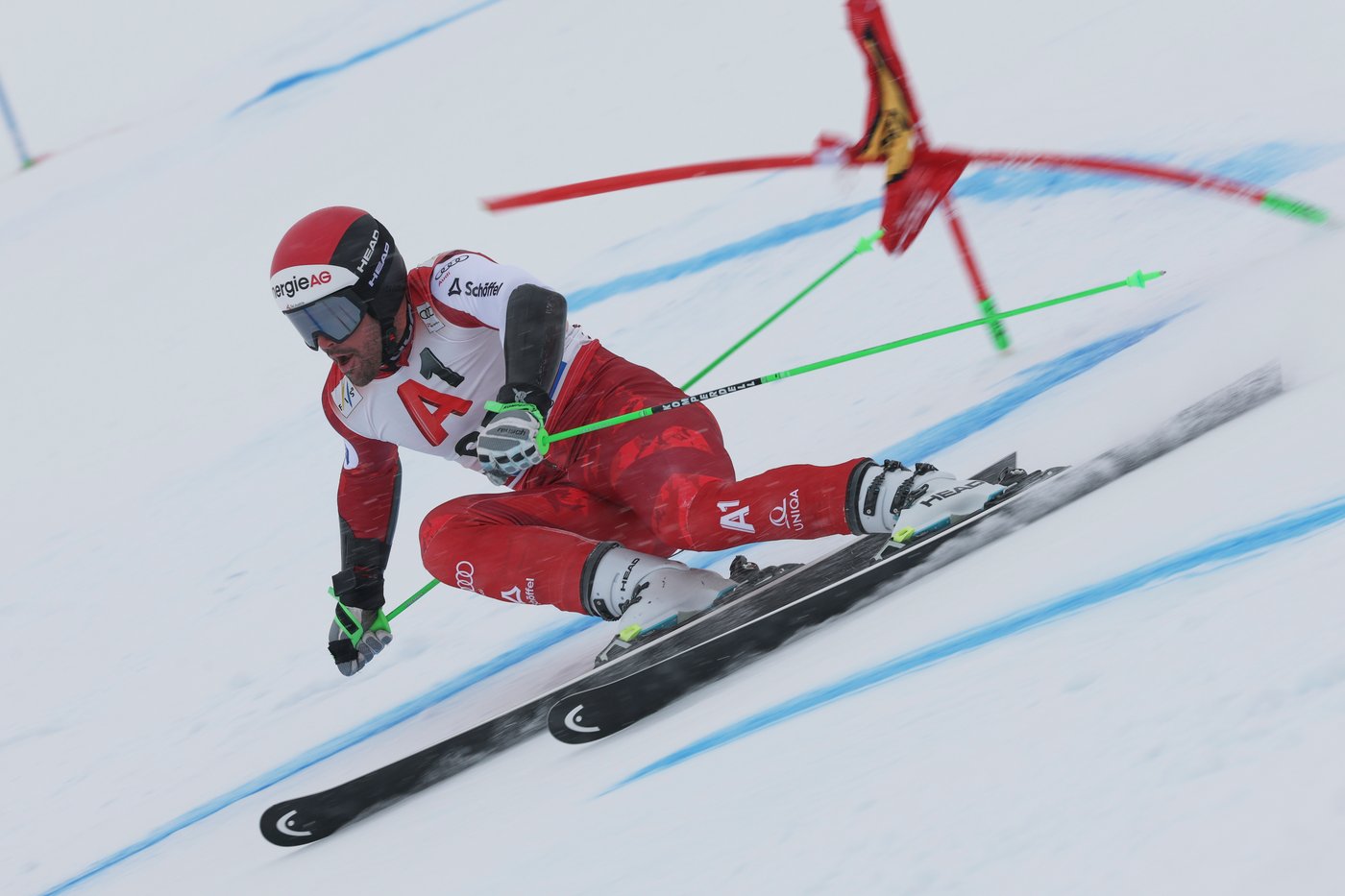
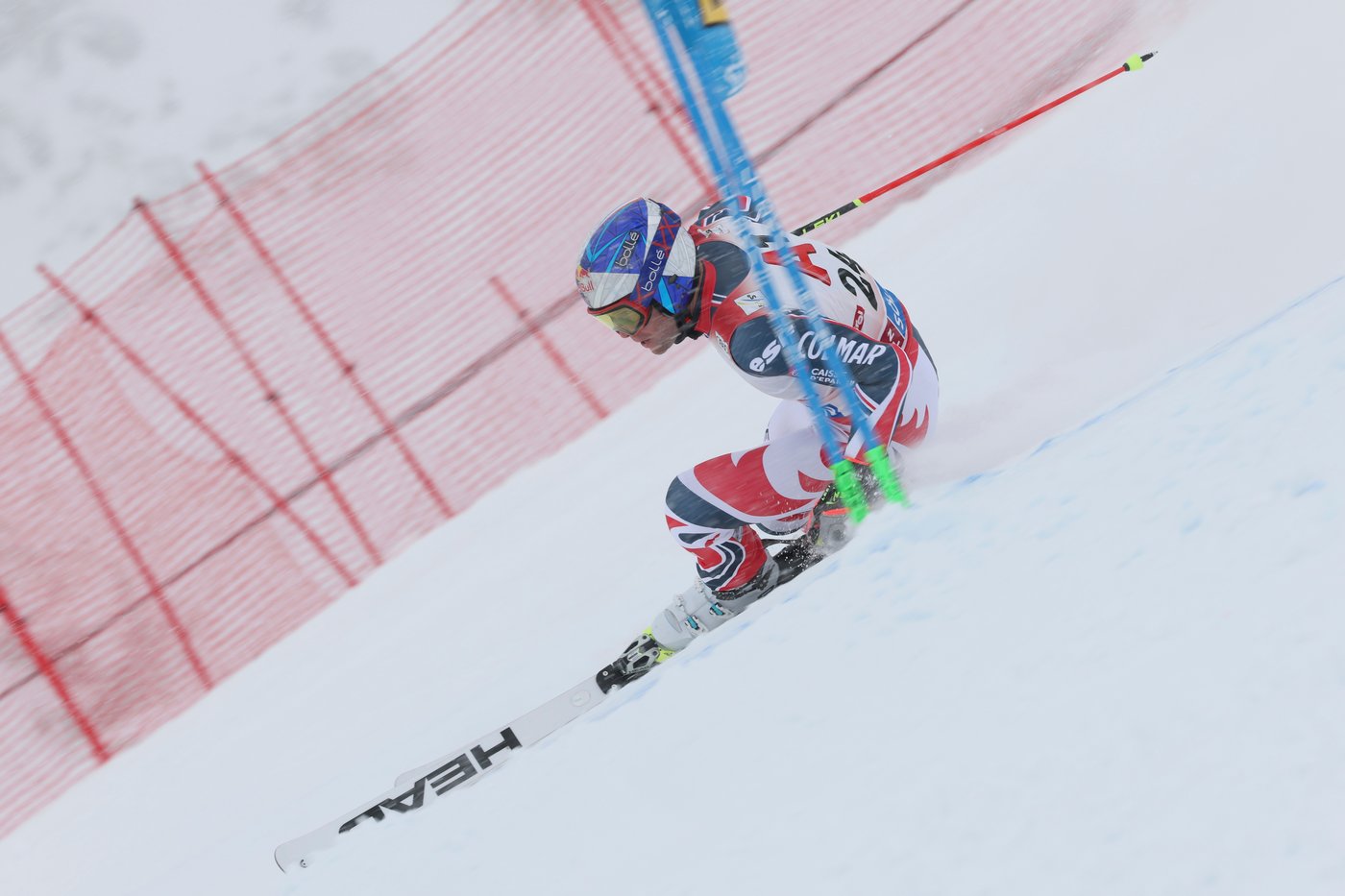
This site is protected by reCAPTCHA and the Google Privacy Policy and Terms of Service apply.
Want to share your thoughts, add context, or connect with others in your community?
You must be logged in to post a comment.